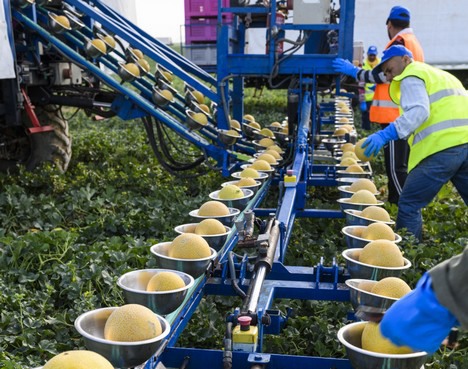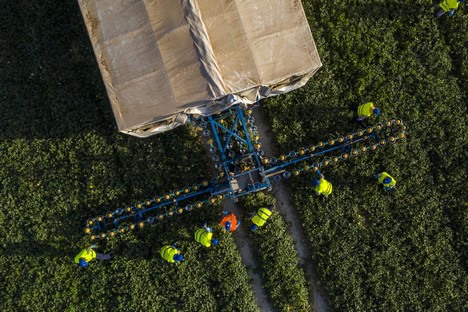The situation of the Spanish melon and watermelon season has changed drastically from May to June and July, going from a clear oversupply in the markets and the collapse of prices to a shortage and a significant rise in prices.

"The melon and watermelon campaign kicked off in Almeria with higher temperatures than usual during the months of March and April, and this accelerated the production process," says José Cánovas, president of the Melon and Watermelon Sector at Proexport and manager of the Murcian company Fruca.
"In May, the weather changed and we suffered the impact of many storms intermittently for three weeks in a row, just when the production was about to be harvested in the Region of Murcia and northern Almeria," he says.
According to the representative of the melon and watermelon sector of this organization, the hail and torrential rains brought by the storms negatively affected the Murcian crops and many of them were left unusable. There were also phytosanitary problems of all kinds, such as powdery mildew and downy mildew. It should be recalled that the acreage devoted to the crop this season remains stable compared to the previous one due to the limited supply of water for irrigation.
Shortages in June and the first three weeks of July
"While the markets were oversupplied in May as a result of the heat during March and April, which brought the production process forward, the weather in the rest of Europe was bad, so consumer demand was poor," says Cánovas.

"However, in June we had the opposite situation, with shortages due to the impact of storms, and a soaring demand as a result of the good weather in the destination markets. This resulted in price increases," he said.
"This same situation will continue for the first three weeks of July. We expect this trend to change in late July or early August, when the production and prices should go back to more normal levels," says José Cánovas, who added that other origins within the Mediterranean basin have had similar problems to those of Spain, so there is no supply pressure on the markets.
For more information: www.proexport.es
